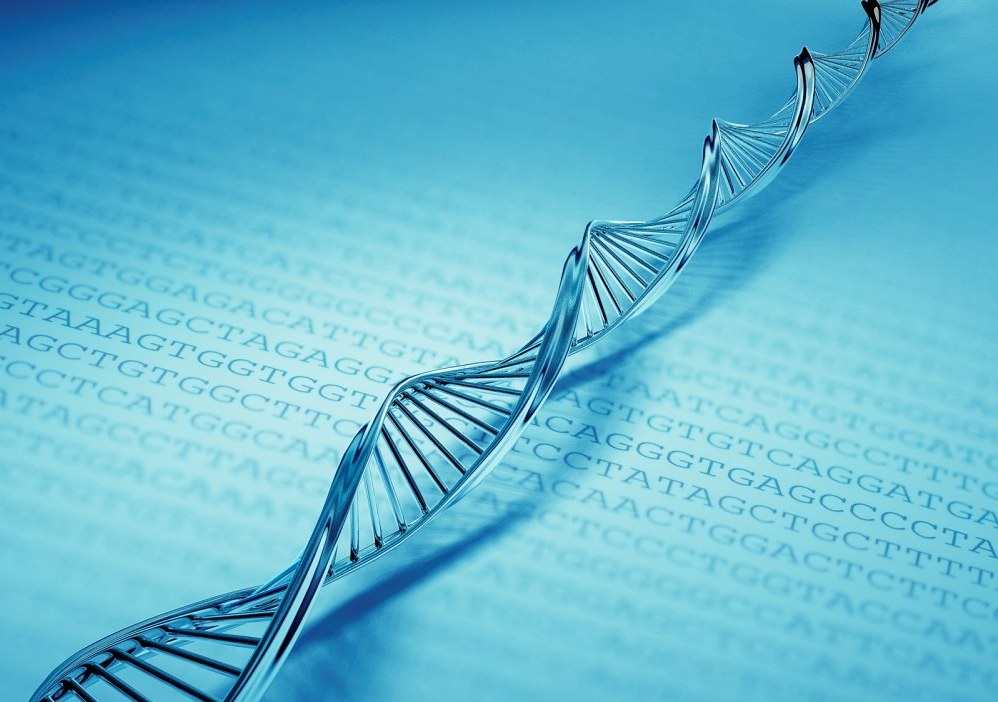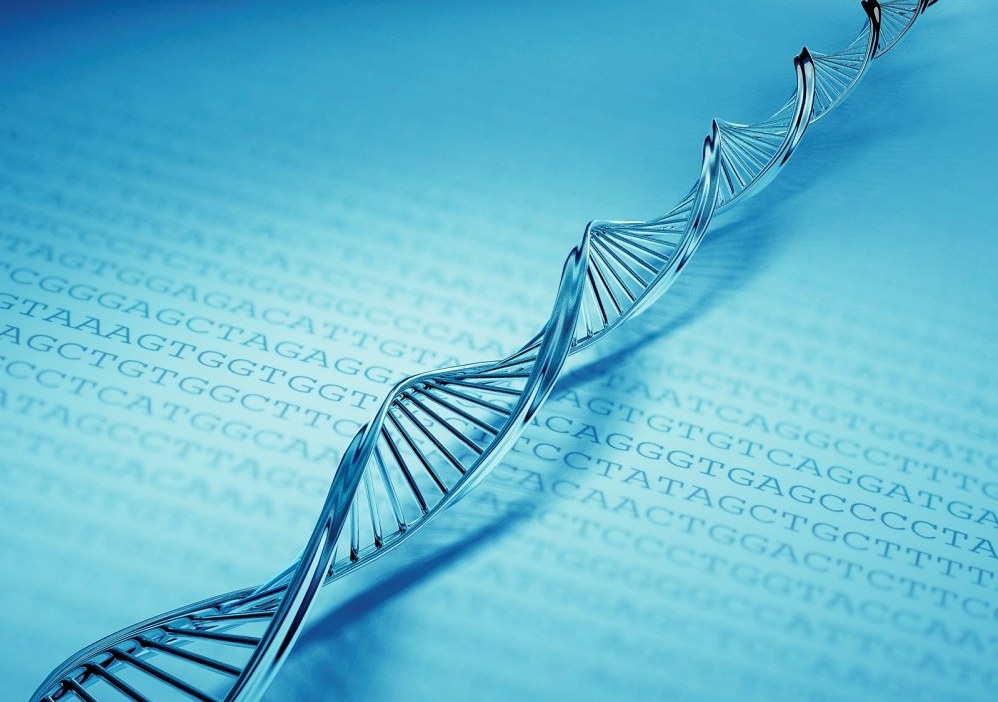UV DNA Computing
Every two years the pace of computer technology doubles, thanks to squeezing more processing power out of silicon chips.


Every two years the pace of computer technology doubles, thanks to squeezing more processing power out of silicon chips. But that bandwidth isn't infinite and some scientists are already preparing new frontiers for digital technology by engineering DNA computers.
For more than 10 years researchers on the cutting edge of science have been applying the principles of computing to DNA. On/off switches, and specific combinations of on/off switches (otherwise known as logic gates) are the basis of a computer. These functions can be performed with the basic elements of DNA - the nucleotides. Until recently, this could only be done on a chemical basis; while it was possible to code a very simple algorithm into DNA there was minimal control over when the algorithm was triggered.
Alex Deiters of North Carolina State University has just developed a way to control DNA computing using UV light. He did this by engineering the DNA nucleotides of a logic gate to be light responsive, a process known as 'photocaging'. With this, Deiters had complete control over when his DNA computer completed its computational event. This means better control and hopefully further sophistication of DNA computing operations. It also means electronic computing (the type we use) can now interface with wetware computing (or DNA computing).
'Since the DNA gates are activated by light, it should be possible to trigger a DNA computation event by converting electrical impulses from a silicon-based computer into light, allowing the interaction of electrical circuits and biological systems,' explains Deiters.
DNA computing is still in it's infancy. But the possibility of the raw material of life inside our cells being able to compute algorithms is an amazing sci-fi future that is becoming less fantastical more possible.



Discussion